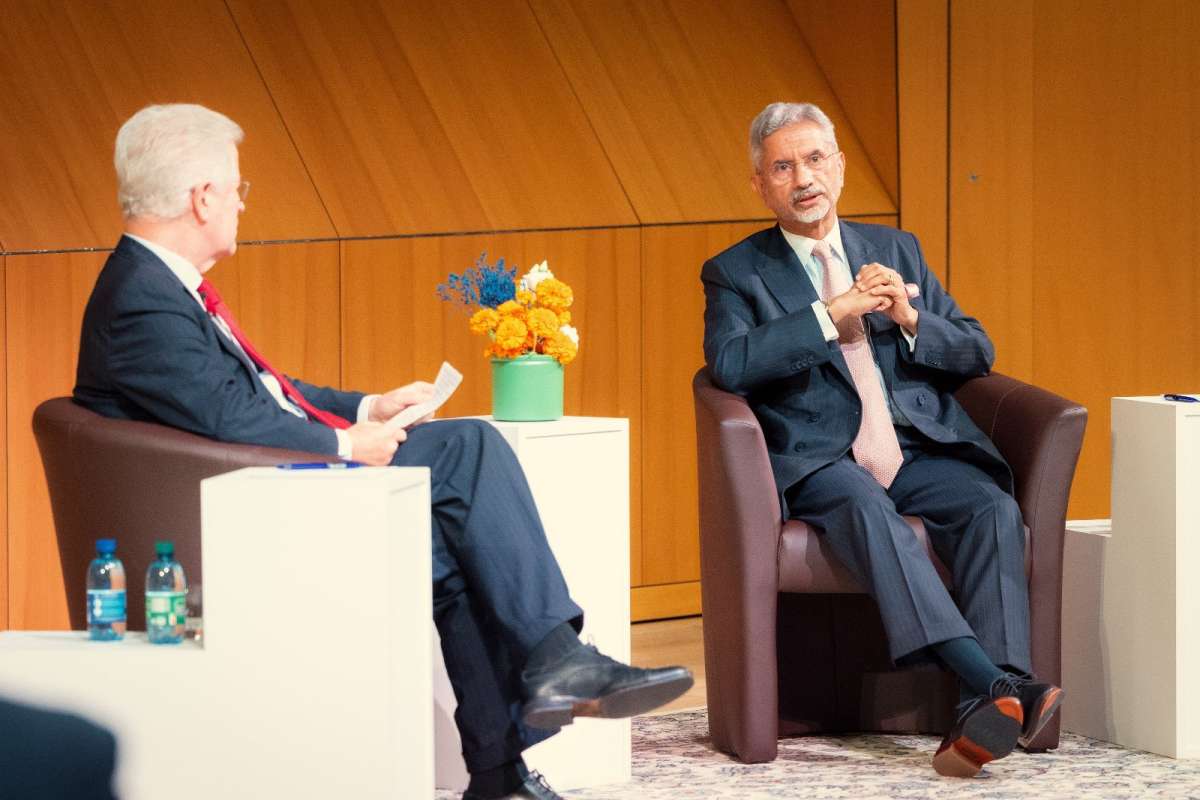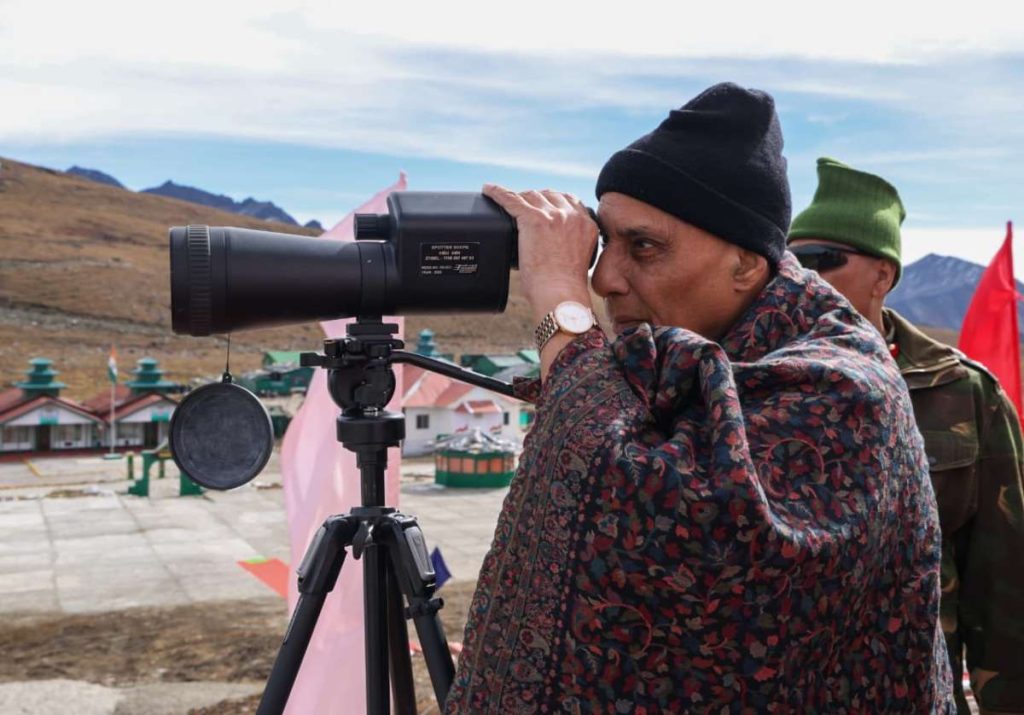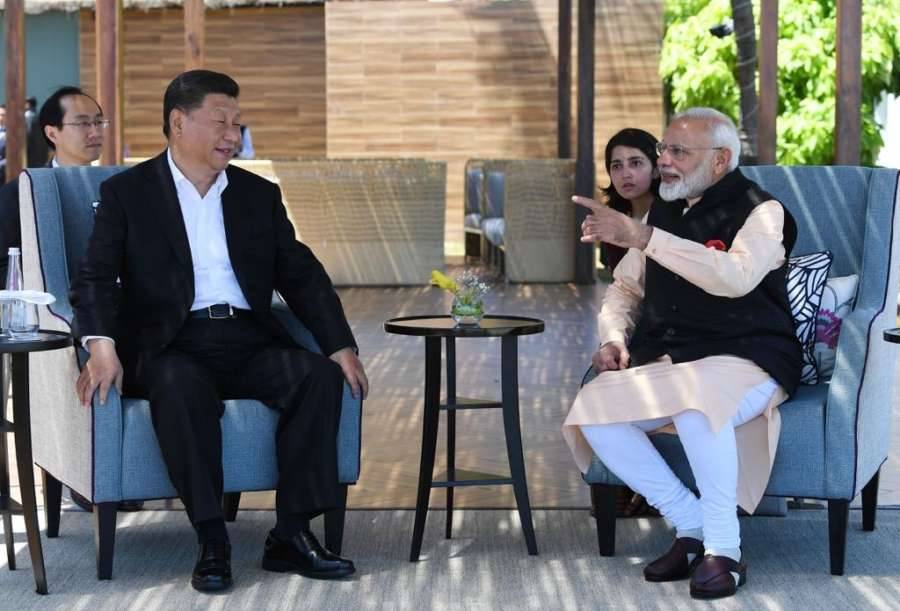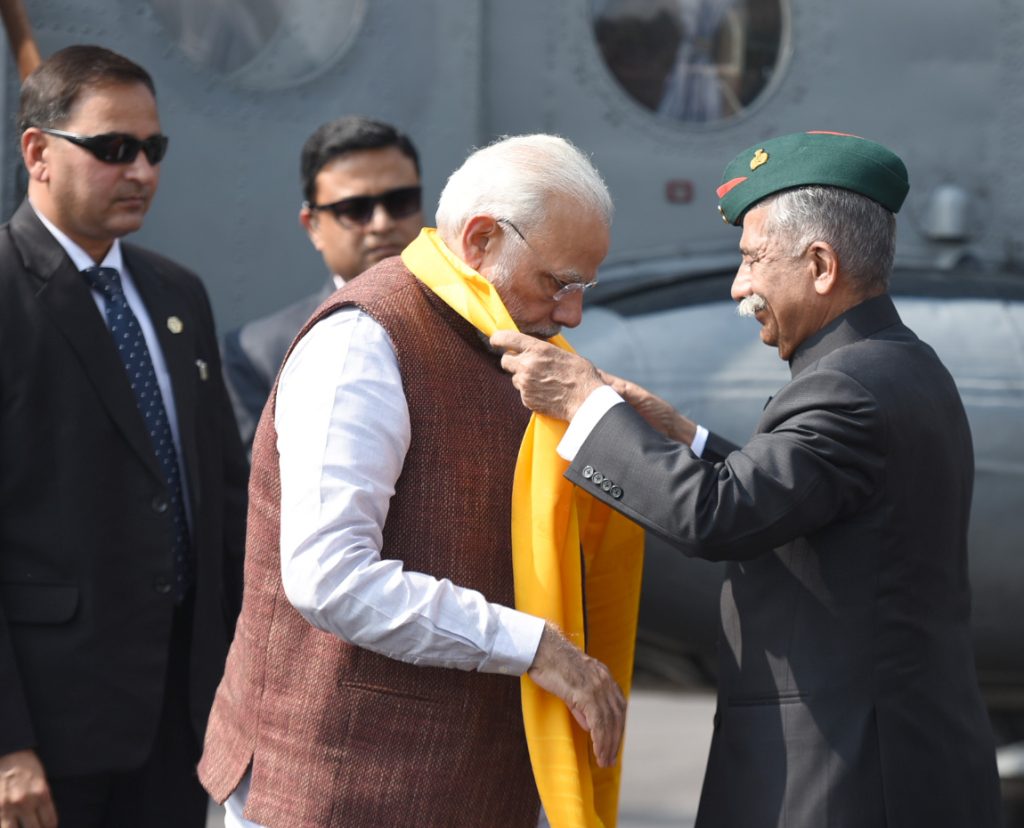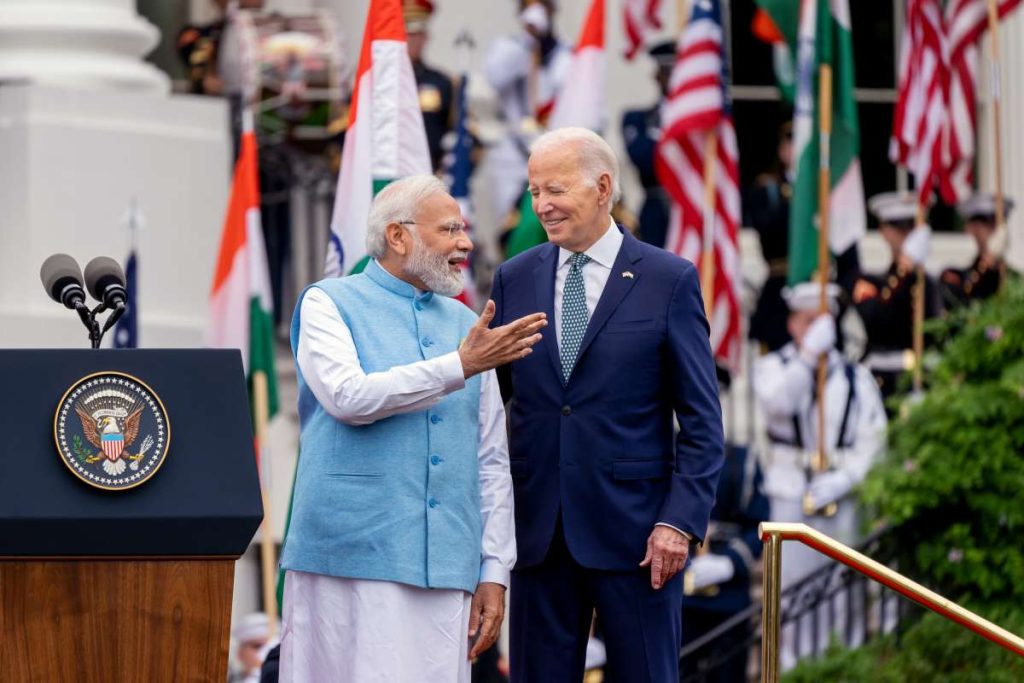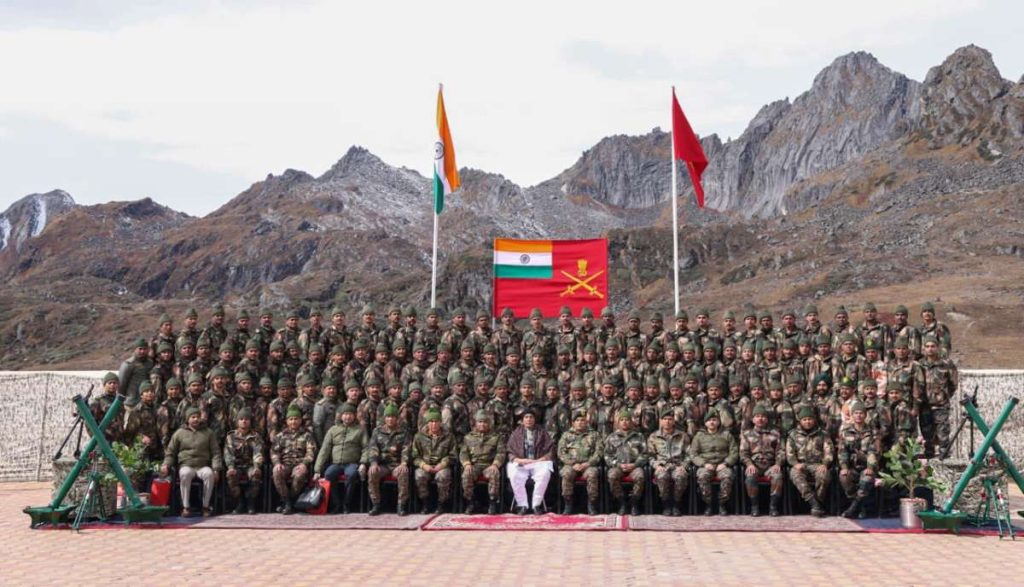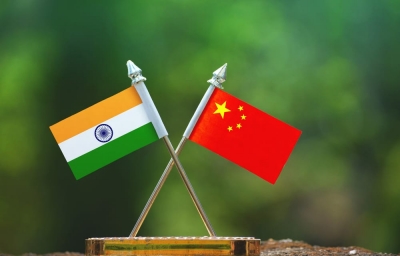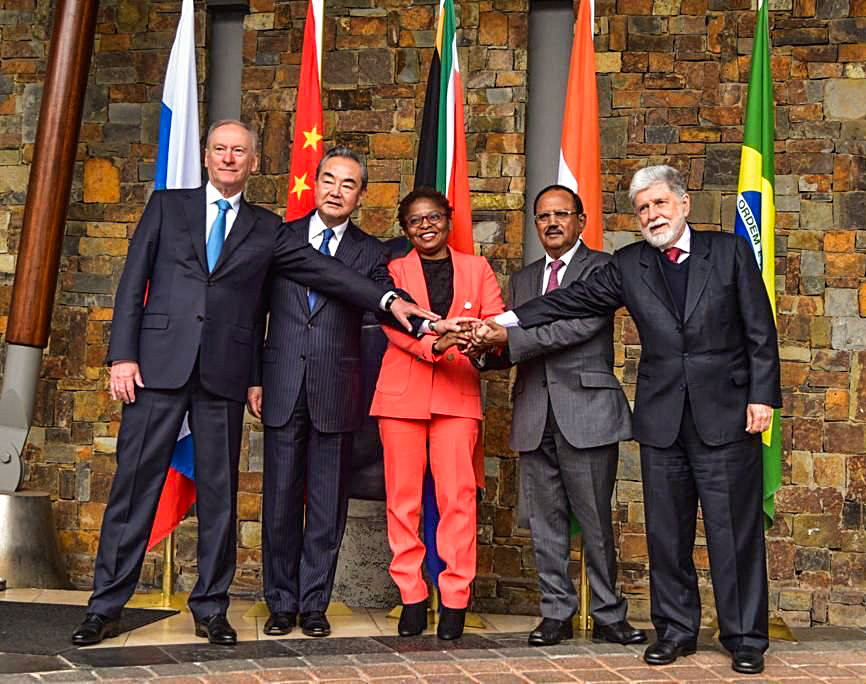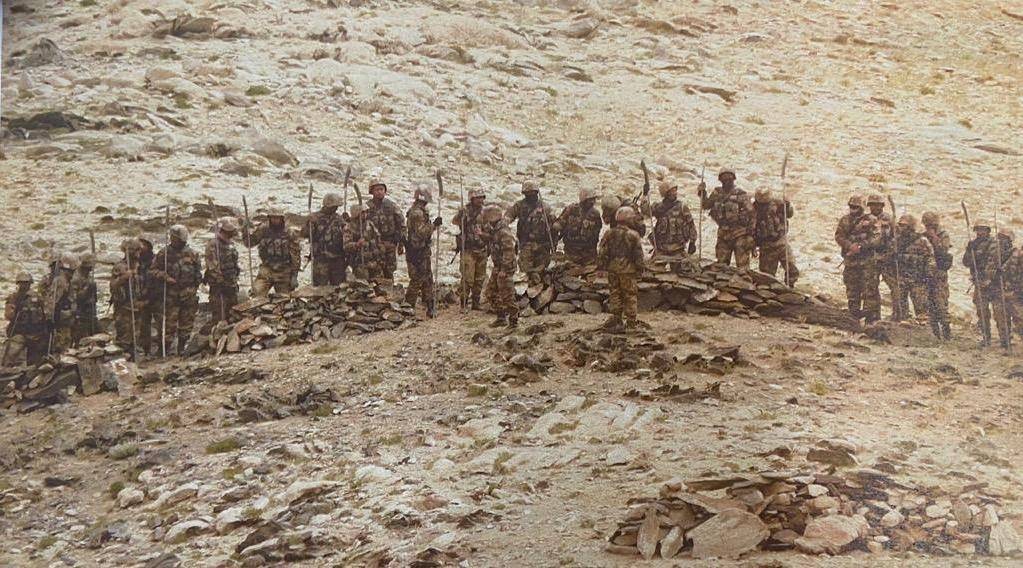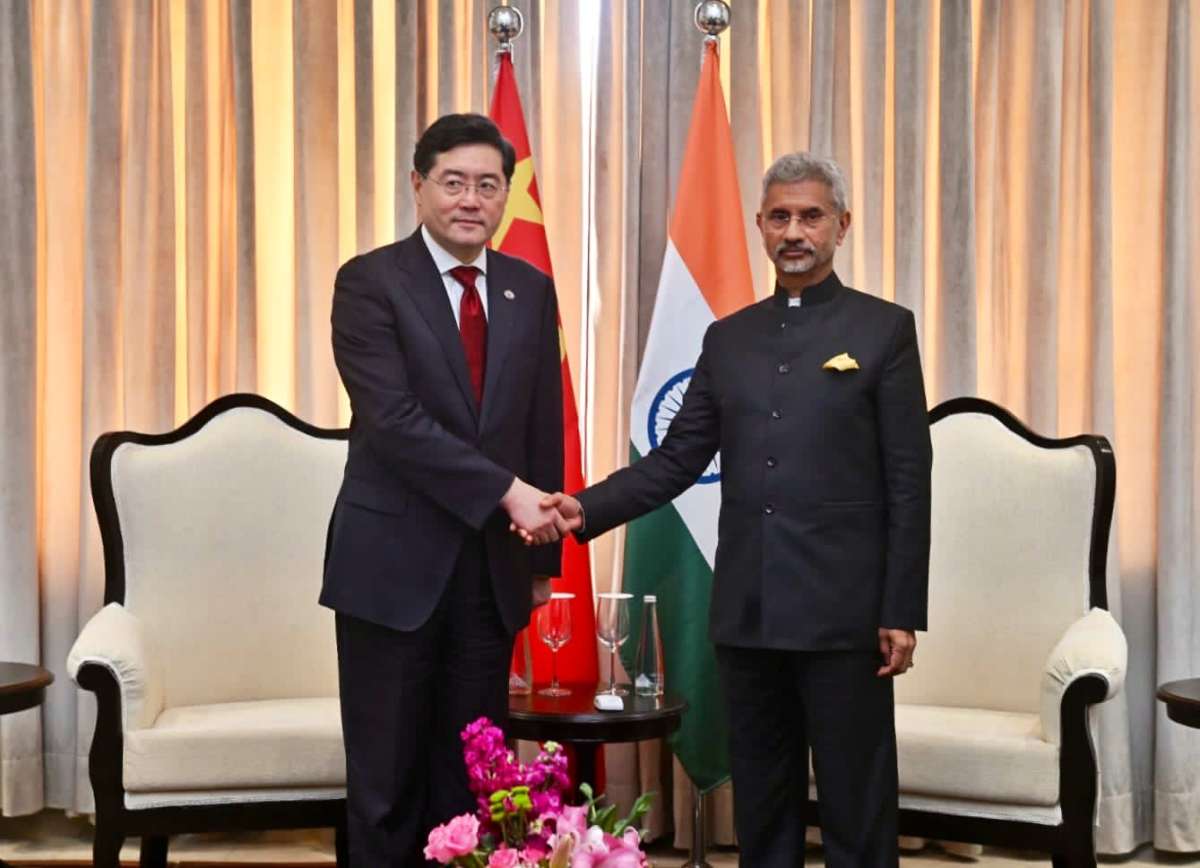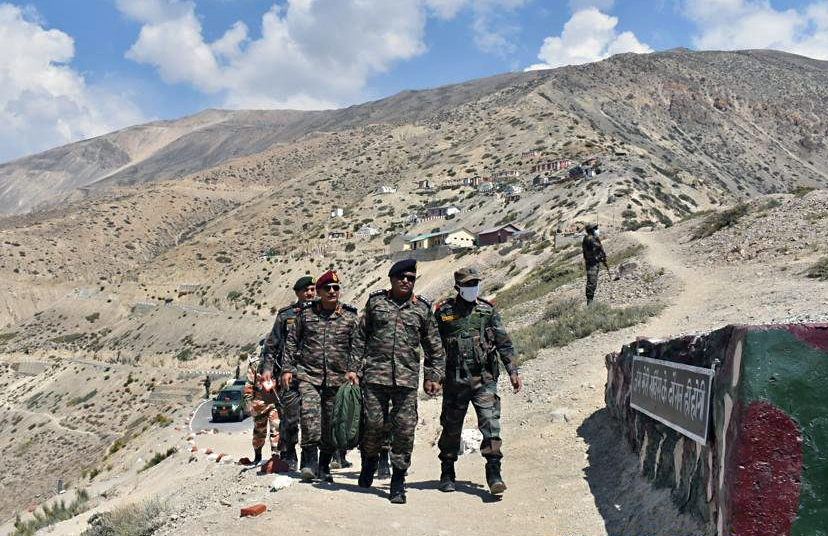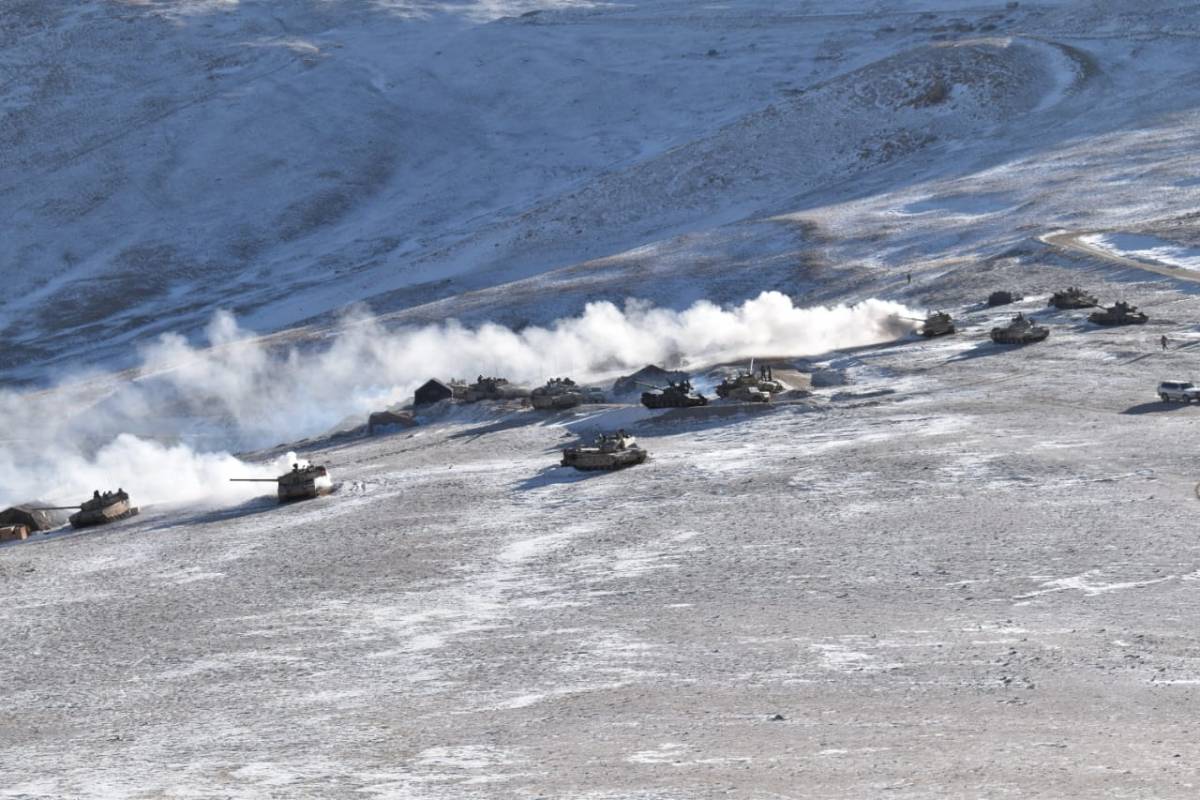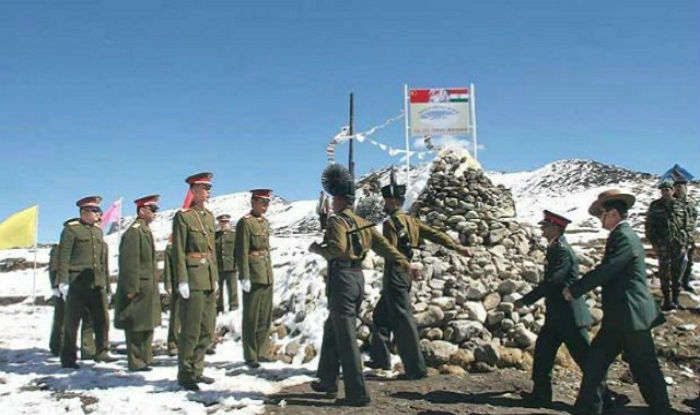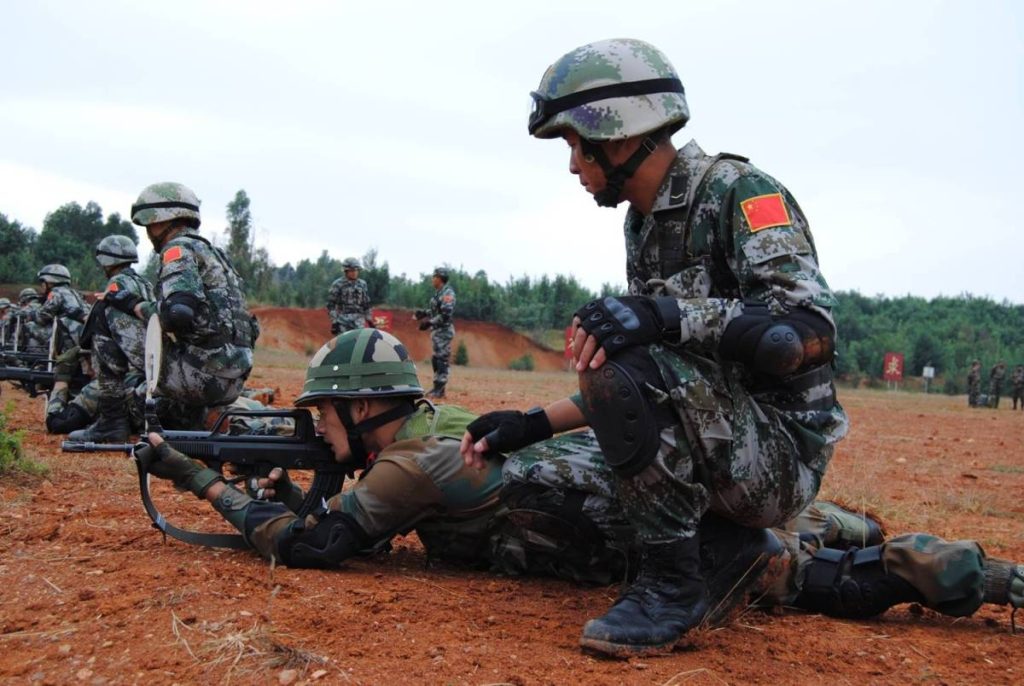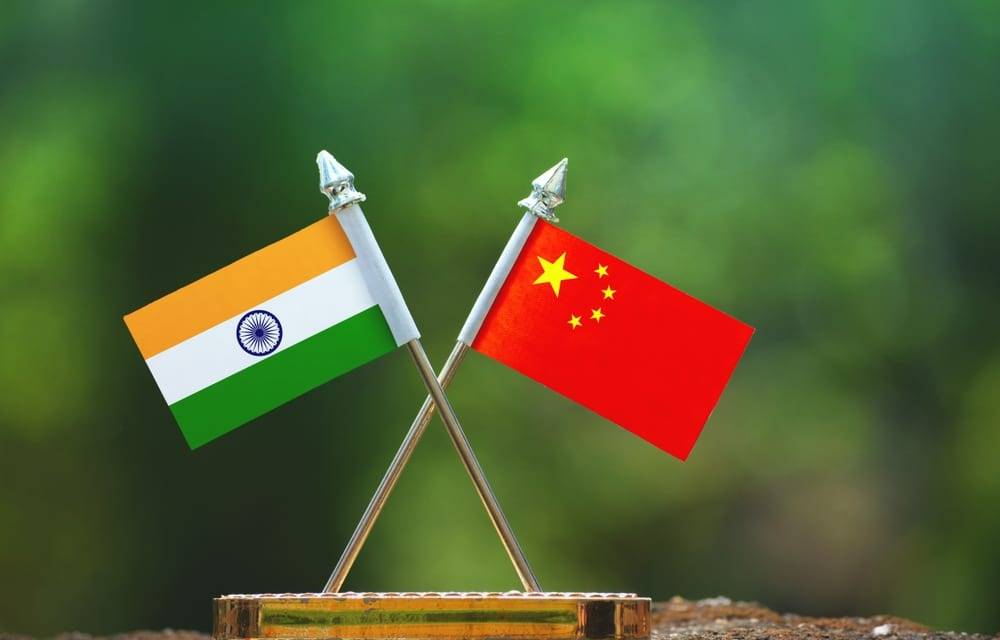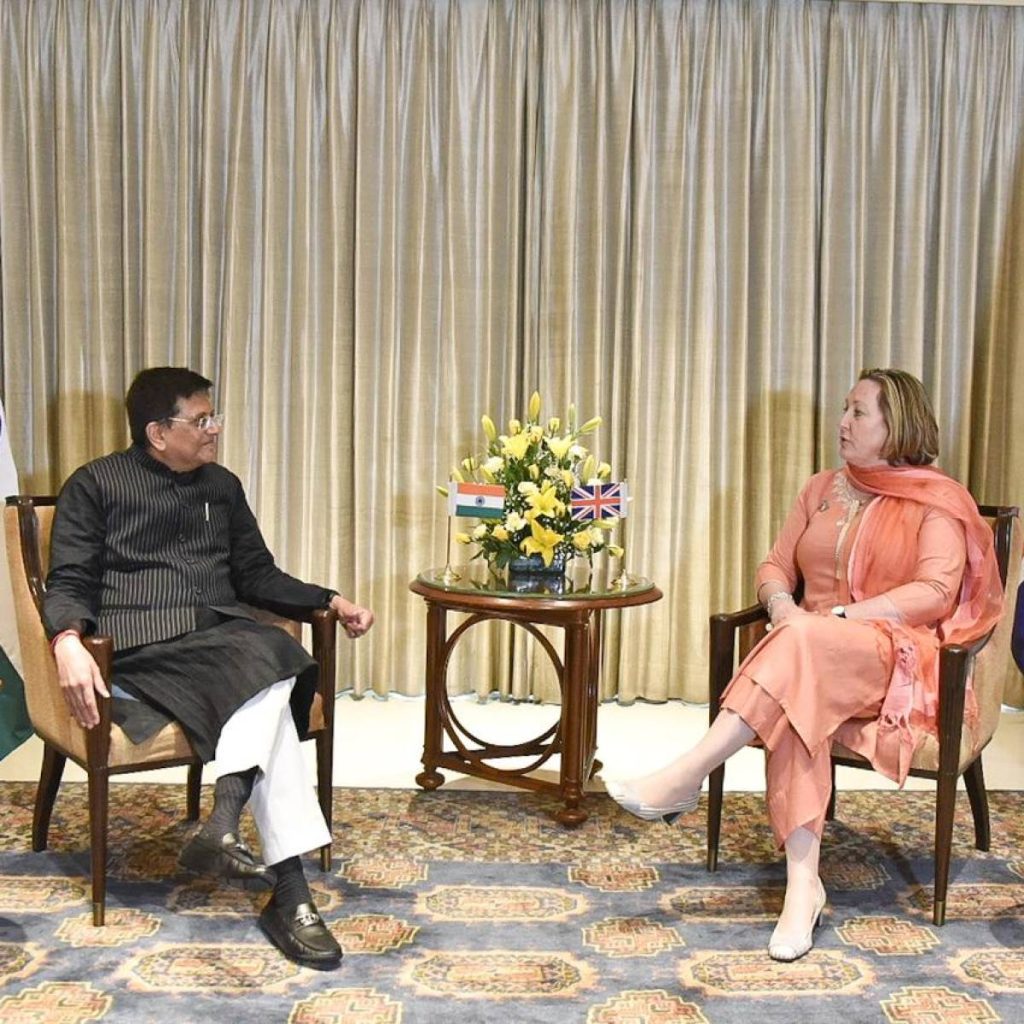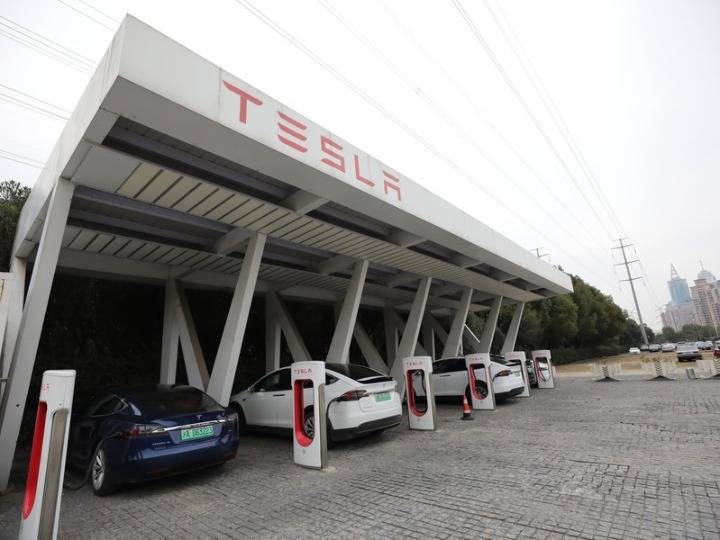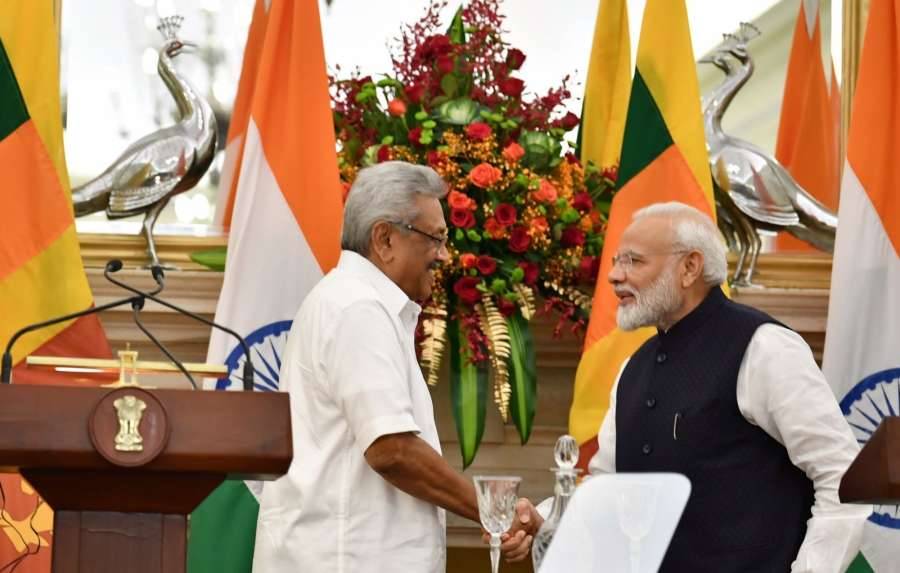Jaishankar also underlined how India and China never had an easy relationship in the past.
Highlighting the progress on border talks with China, External Affairs Minister S Jaishankar said that 75 per cent of disengagement problems with Beijing are sorted out; however, the two nations “still have some things to do.”
Jaishankar also underlined how India and China never had an easy relationship in the past.
“We did not have an easy relationship in the past. What happened in 2020 was in violation of multiple agreements, the Chinese moved a large number of troops to the Line of Actual Control. We, in response, moved our troops up.. Some progress on border talks with China. 75 per cent of disengagement problems are sorted out. We still have some things to do,” Jaishankar said during his conversation with Ambassador Jean-David Levitte at the Geneva Centre for Security Policy on Thursday.
“If there is a solution to disengagement and there is a return to peace and tranquillity, we can look at other possibilities. That is the immediate issue,” he further added.
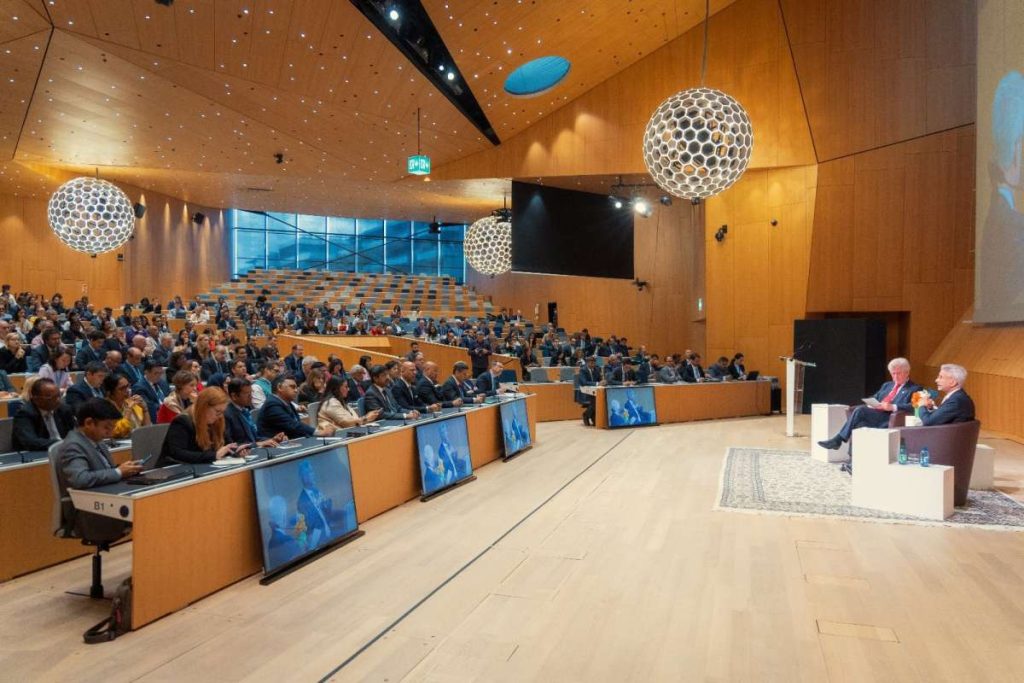
Jaishankar said that the two countries had a difficult relationship in the past and spoke about 2020 when the Indian and Chinese troops clashed at Galwan Valley.
He also described the India-China relationship as “complex” and highlighted the long-standing struggle in the trade issues between the two nations and said that the economic relationship with China has been “unfair and imbalanced.”
The EAM said, “It (India-China relations) is a very complex relationship… They had bad periods in history. Both of them are reviving and are rejuvenating in a way… They are the only two countries that have a population of more than a billion. And what happens normally when any country rises is that it has a ripple effect on the neighbourhood. These two countries also have the honour of being each other’s neighbours. So each one’s rise has a ripple impact… So if you take the totality of this, you can understand why I selected a safe expressive word like complex.”
Notably, India and China held the 31st meeting of the WMCC in Beijing on August 29, and the two sides had decided to jointly uphold peace and tranquillity on the ground in border areas in accordance with relevant bilateral agreements and protocols.
The two sides had a “frank, constructive and forward-looking” exchange of views on the LAC situation and also agreed to intensify contact through diplomatic and military channels, according to the Ministry of External Affairs.
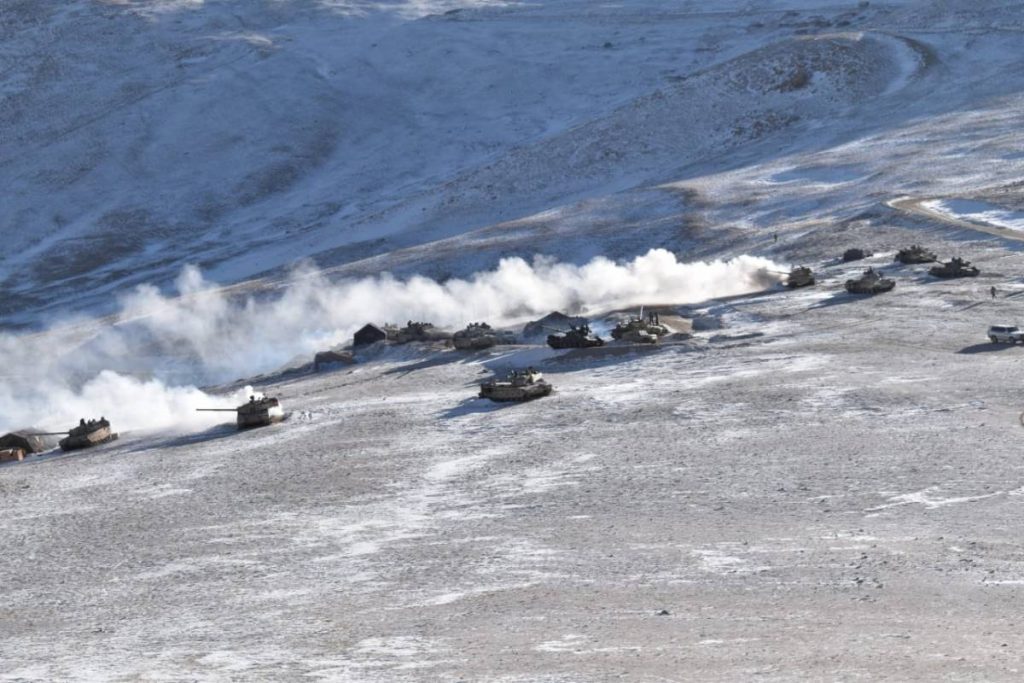
Meanwhile, the EAM further said that apart from border issues, the two nations also face difficulties in other sectors, including technology, telecom, and digital.
“I think there are larger issues in respect of India-China. We have a long struggle with the trade issue… The economic relationship with China has been very unfair. It has been very imbalanced that we don’t have market access there. They have much better market access here in India. We have many concerns today in various areas, like technology, telecom, and digital.”
Jaishankar arrived in Switzerland on September 12 after concluding his visit to Germany and Saudi Arabia.
Earlier on Wednesday, Jaishankar met German Chancellor Olaf Scholz in Berlin and conveyed Prime Minister Narendra Modi’s personal greetings to him there. (ANI)

